Story by Graham Gauld
There was a lot to talk about at Retromobile two weeks ago, particularly if you took a good look round some of the nooks and crannies, particularly in the upper floor of the exhibition hall.
For instance, Retromobile wanted to honor the great French racing driver Jean-Pierre Wimille who would have been celebrating his 110th birthday next week. Wimille was never truly appreciated outside his native France. Born in February 1908 he was immersed in motor sport from an early age as his father was one of France’s pioneering motoring journalists. Wimille took part in his first Grand Prix at the age of 22 in the French Grand Prix of 1930 held on the street circuit at Pau. He drove a Bugatti T37A and was immediately 5th fastest in practice but retired on the second lap when his supercharger broke.
He was to win many races including the 1936 French Grand Prix and that same year travelled to the U.S.A. for the Vanderbilt Cup Races, finishing second to Tazio Nuvolari.
During WWII he joined the French military alongside his fellow French racing driver friend Robert Benoist but during the German occupation they both became members of the group of resistance fighters called the “Clergyman”. Another fellow member was British driver William Grover who raced as “Williams” and won the first Monaco Grand Prix. Eventually in 1944, the group were exposed and picked up by the Gestapo. Wimille managed to escape and fight on but both Benoist and “Williams” were executed.
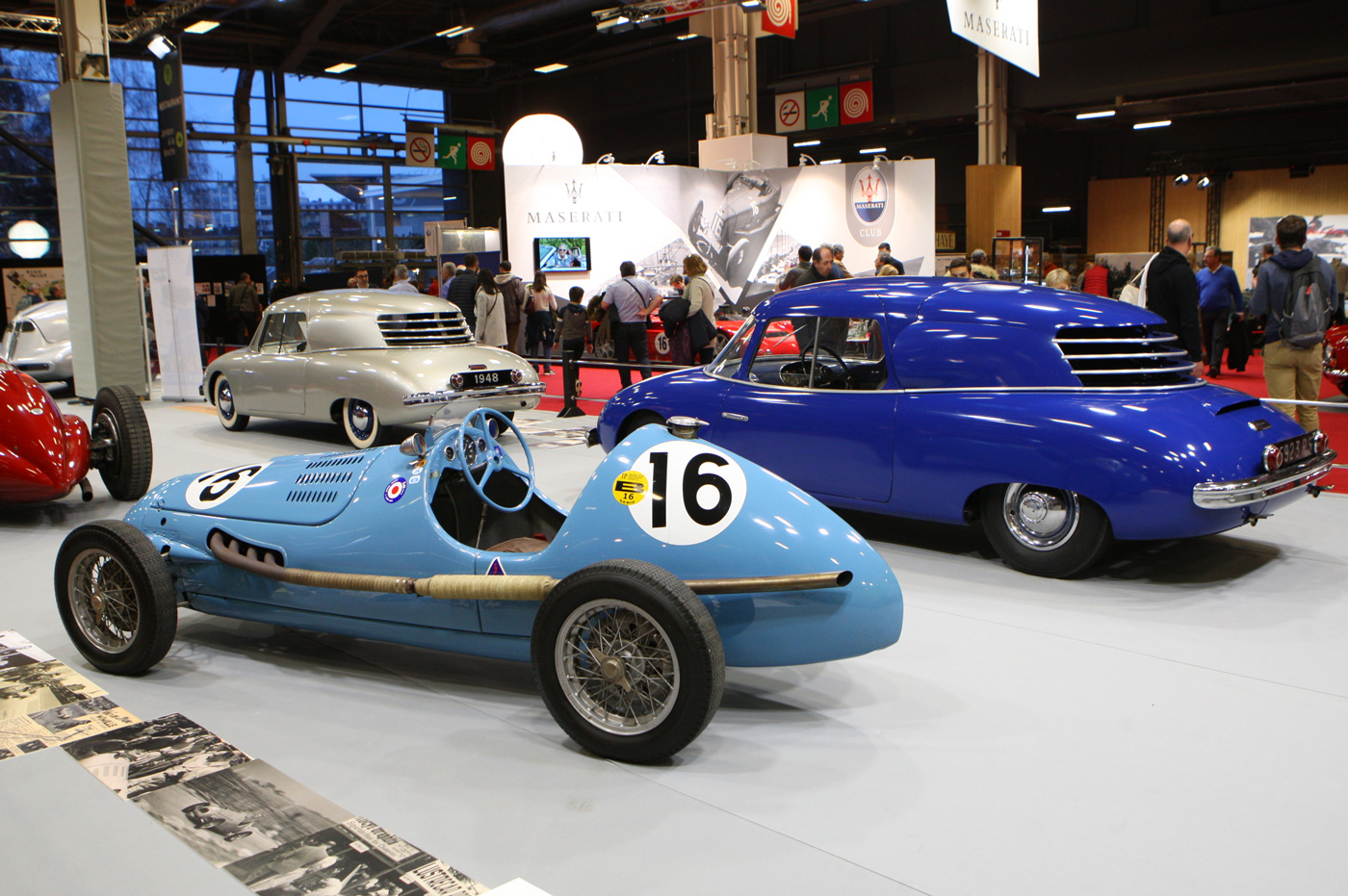
Wimille also drove for Gordini. A well rounded display of Wimille’s cars and career. Photo by Jonathan Sharp.
It was fitting, therefore, that Wimille should not only compete in the first major Post-War race held on a circuit in the Bois de Boulogne in Paris in 1945, but to win it driving a Bugatti. It was suitably called the “ Race des Prisonniers”.
During the war years, however, Wimille had other things on his mind and started to outline an electric car. In the late 1940’s he surprised everyone by designing and building a futuristic small sedan using a Citroen 11 engine with streamlined bodywork built by Chapron, the Parisian coachbuilders.
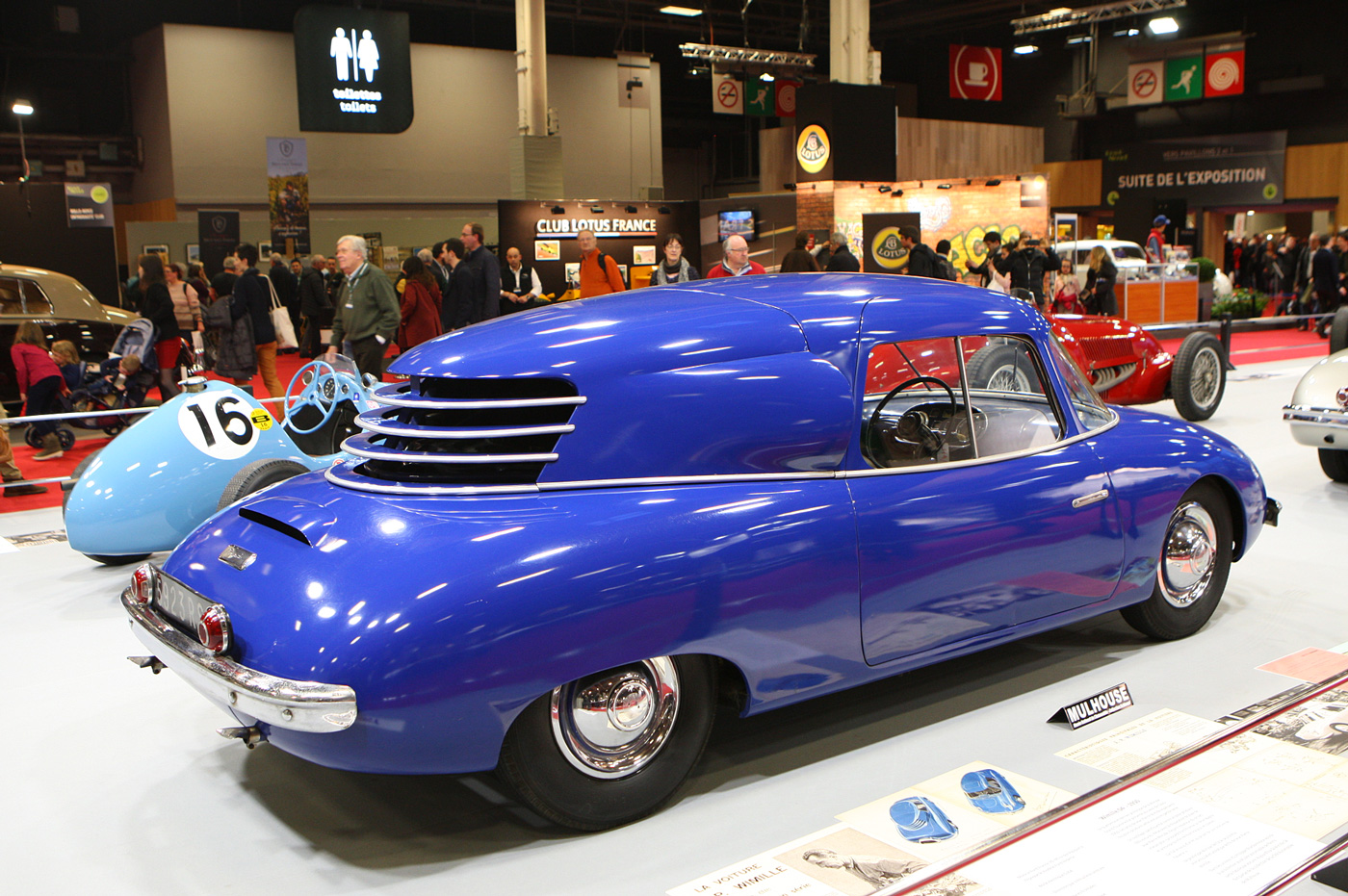
Another protoytpe with the characteristic styling notes from Philippe Charbonneau. But the project stopped with the untimely death of Wimille on 28 January 1949 while driving a Gordini at Buenos Aires. Photo by Jonathan Sharp.
This car was one of two of his prototypes on show at Retromobile. The other was a later model powered by the Ford V8 developed by Ford France. This car was even more advanced in its design and the coachwork this time was the work of Philippe Charbonneau who later went on to greater things.
On the stand were also two of the Grand Prix cars Wimille raced, a Bugatti and an Alfa Romeo 308 now owned and raced by Julien Majzub . This was a 3 liter with eight cylinders in line.
Alfa 159 Recreation
Elsewhere at Retromobile there were other examples of Alfa Romeo race cars, one of which was a 1937 12C, a 4.5 liter 60 degree V12 that produced 430 bhp.
During the 1938 season Alfa ran not only the 308 but the 12c and the even mightier 316 which was a 2.9 liter V16 with two volumetric superchargers.
In practice for the 1938 Tripoli Grand Pix the V16 was timed at 136 mph during practice in the hands of Clemente Biondetti but the car retired in the race. Sienna driving the 312 crashed and was killed in the race and the only factory Alfa to finish was Sommer’s 308 which was fourth behind the winning three Mercedes-Benz.
Then to complete the Alfa connection at Retromobile there was a combined stand by an English group called Triple M which is three specialist restoration companies who share premises each with its own specialization.
For example Jim Stokes was well known for doing the remarkable rebuild of the Alfa 1959 Grand Prix car that the late Mike Sparken was able to get out of the factory in exchange for the 1938 Alfa 2.9 Le Mans Coupe. It is still the only proper 159 that is not owned by Alfa Romeo. Jim’s company is now working alongside two other companies each with their own specialty that includes panel work and the building of engines from scratch.
However, there, on the stand, was a perfectly good Alfa Romeo 159 which the three companies had combined to produce. Intrigued, I asked about this car, which was a superb example of how a bunch of parts, many of them original, plus an original bulkhead can be made into a perfect example of a modern recreation.
A new ladder type chassis was created using original Alfa Romeo drawings and the coachbuilding company created a completely new body to produce the car you see here. Alongside was the part completed body of an Alfa Romeo Monza. The guys at Triple M put on an impressive showcase not only of their own skills but the sheer artistry of present day engineers and the whole recreation industry.
Abarth V12
Then there were the Abarths, which always crop up at Retromobile but this year there was a large display from a private collection. The star of this particular group, however, was not a car but an engine, the T140.
I am always impressed when I see this engine that was built to attack the Lola T70s and the like. First shown at the 1967 Turin Motor Show it was a 6 liter (5983cc) 60 degree V12 monster designed by Luchino Fochi with four triple Weber 40 IDA3G carburetors that developed 610 bhp.
The engine was to be used in a stubby coupe that looked like an early McLaren with a roof but the regulations changed before it could be raced and one is left to wonder how that car and engine would have fared against the big sports cars of that period, or even in Can-Am and also how it would have sounded. No matter, I could sit and look at that engine for hours and dream.
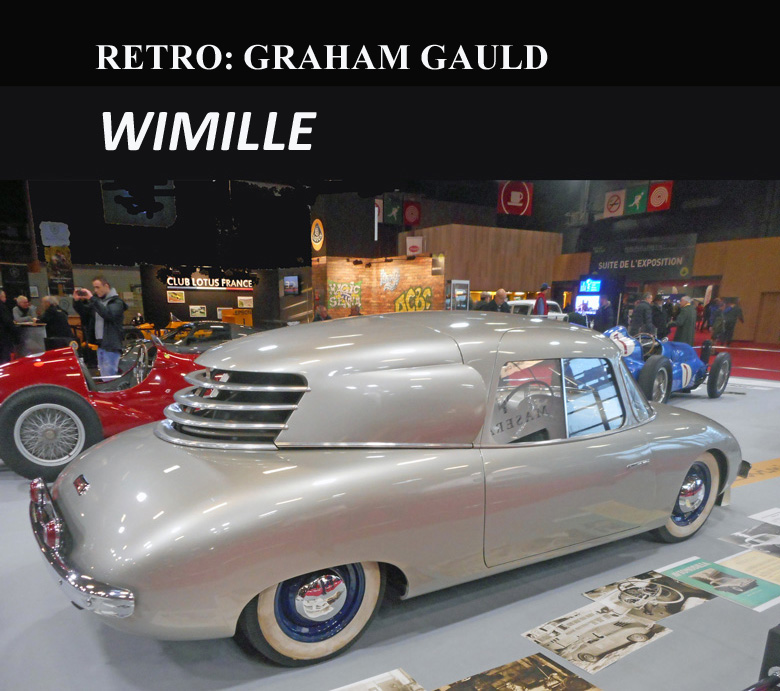

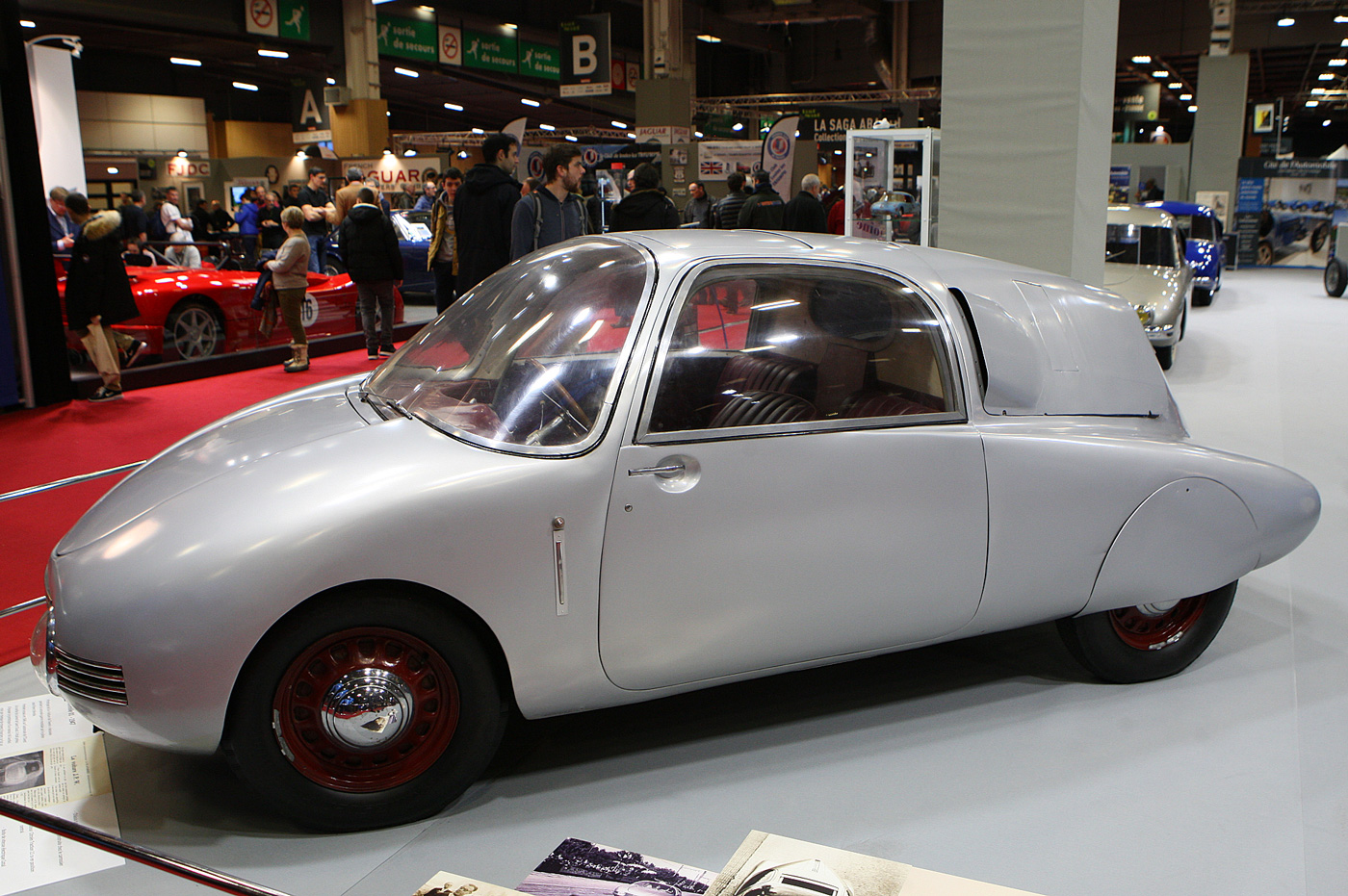
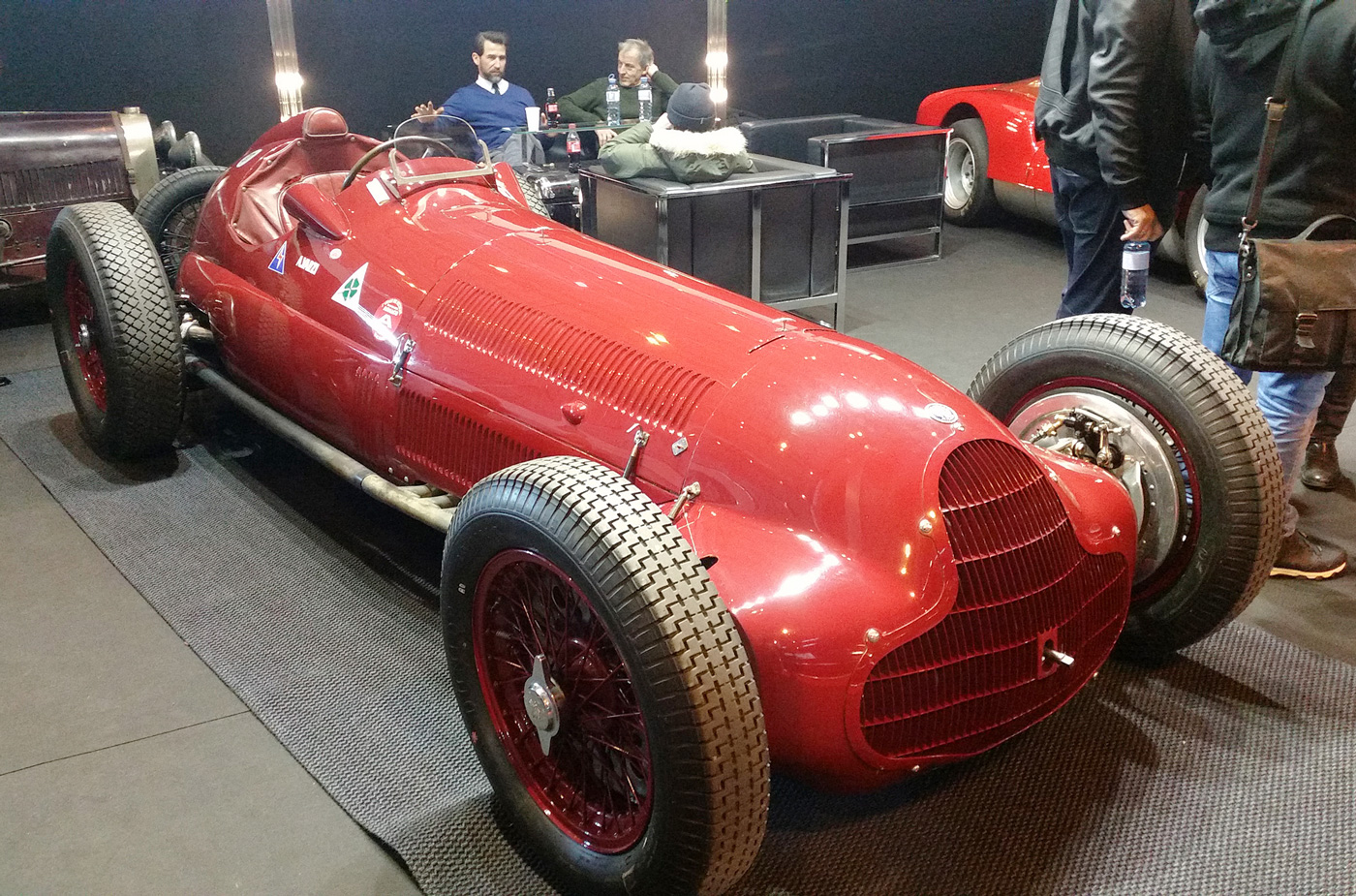
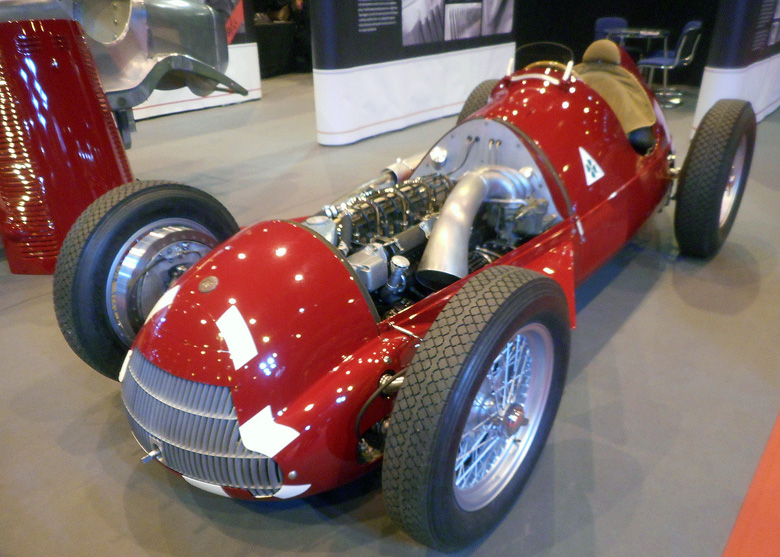

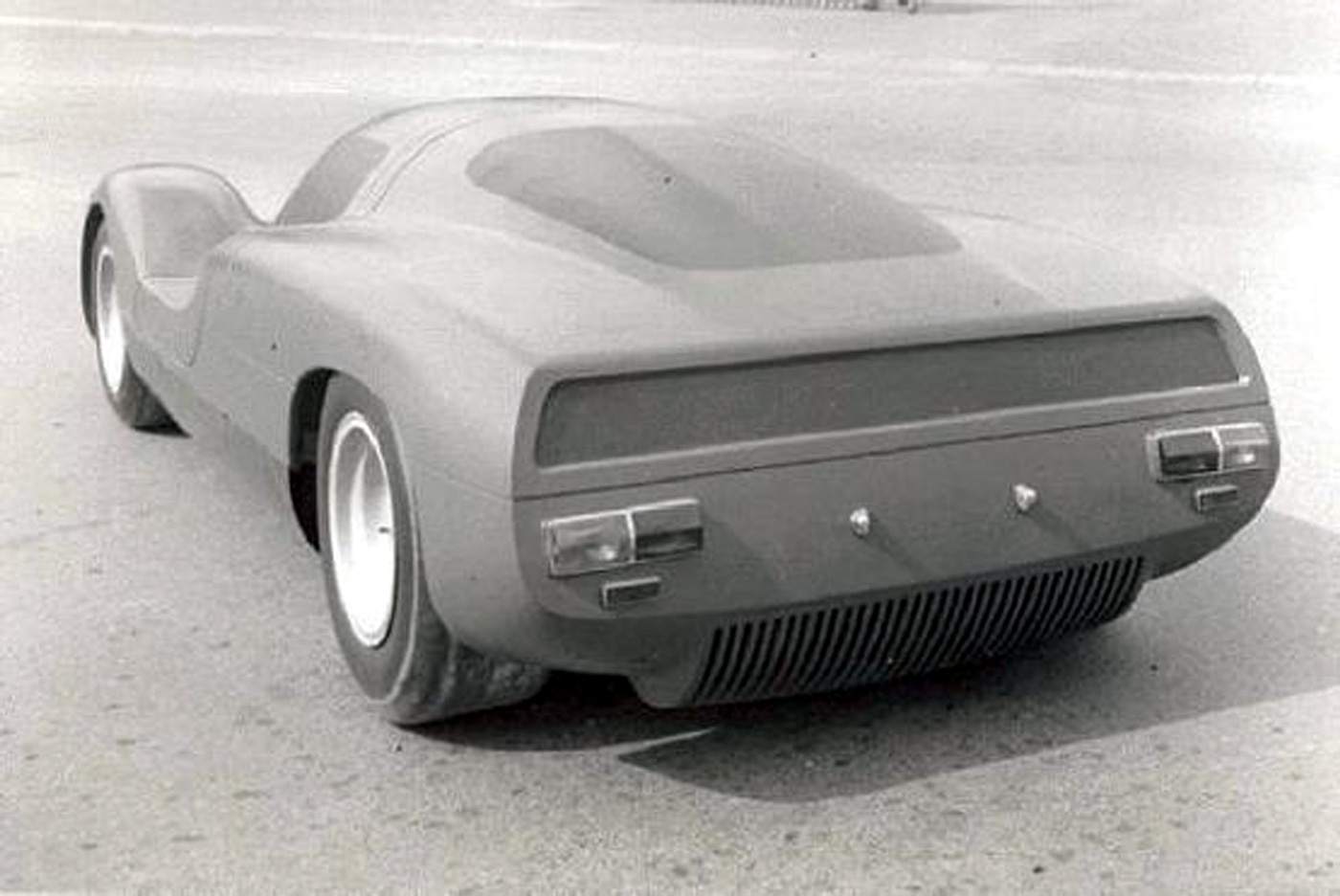
A 158/159 Alfetta replica….it shouldn’t be allowed.
Graham didn’t mention that Wimille also drove the 158.
Shame on me: I missed the Alfa Romeo 12C 1937 at Retromobile. That car is a very important one. It was rebodied by Alfa Romeo on the order by Achille Varzi in 1947: the shape of the body is clearly post-war 158-like. The chassis number should be 51204. The car, tuned by Amedeo Bignami, was driven by Varzi in the 1948 Temporada. It was later sold to Clemar Bucci who raced it in Argentina until the early Fifties undergoing many alterations, including the modification of the chassis into a sports two-seater. It came back to Europe in crates in the early Nineties and a complete restoration was initiated by Tony Merrick in UK. The job was completed by Symbolic in California. The car came back to racing winning the Historics at Laguna Seca 2000. It was later raced in Monaco and disappeared from the historics circuits as rated too expensive to be raced .
Not fair I think to say that Wimille was unrecognised outside France. His many exploits brought him fame in all the lands where top-level racing was appreciated. Sadly that career ended before the Formula 1 era began. Notably he was one of the first Europeans to recognize the skill and potential of Fangio, who can be considered the inheritor of Wimille’s reputation as a gentleman who gave no quarter on the track.
Aldo,
I wish we had arranged to meet up at Retromobile and thank you for your comment as it clears up doubts I had in my mind about that car. I could not understand that new body with the front that looked like a 158/159 and went through everything I have of 1937-1939 and no V12 Alfa had that body. I did not know about Varzi commissioning a new body in 1947 so you have solved yet another mystery that rested in my mind.
Graham Gauld